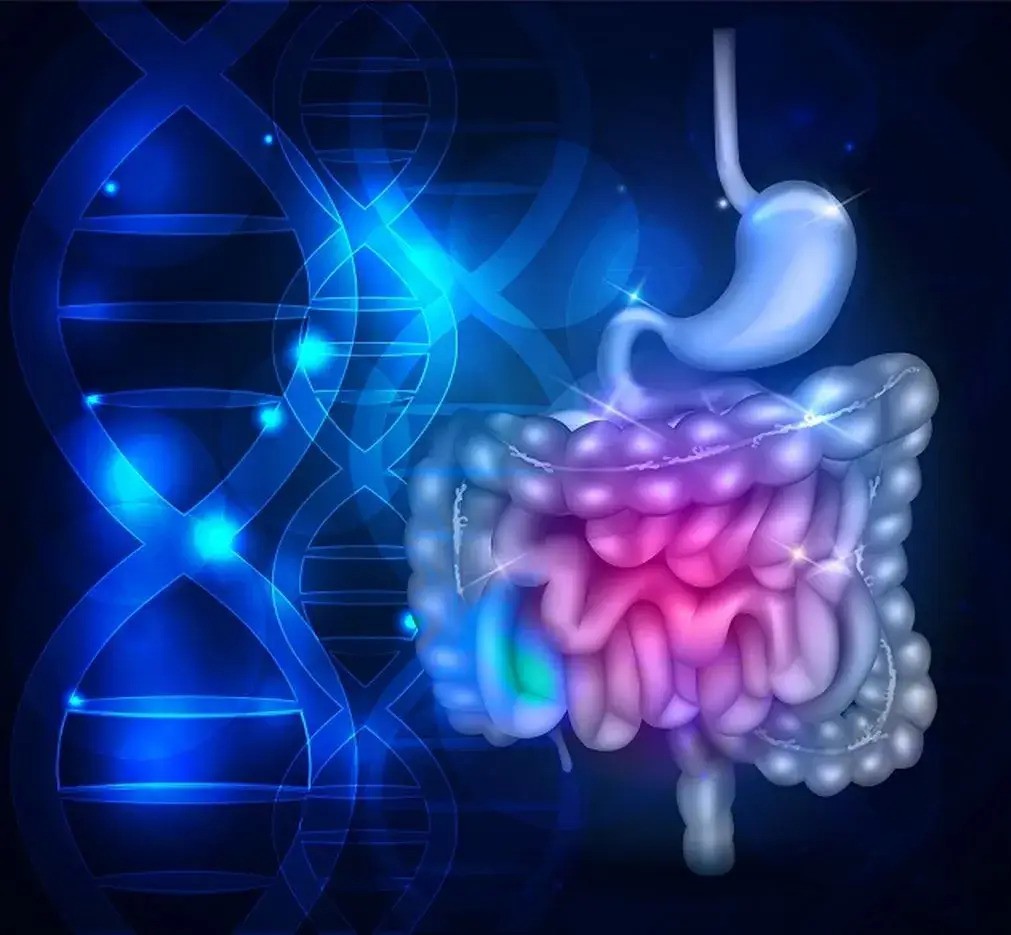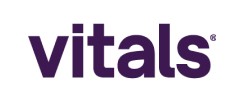
Telemedicine Appointments Are Now Available
Your Trusted Double - Board Certified Gastroenterologist





Gastroparesis, also called delayed gastric emptying, is a disorder in which the stomach takes too long to empty its contents. It often occurs in people with type 1 diabetes or type 2 diabetes.
Gastroparesis happens when nerves to the stomach are damaged or stop working. The vagus nerve controls the movement of food through the digestive tract. If the vagus nerve is damaged, the muscles of the stomach and intestines do not work normally, and the movement of food is slowed or stopped.
Diabetes can damage the vagus nerve if blood glucose levels remain high over a long period of time. High blood glucose causes chemical changes in nerves and damages the blood vessels that carry oxygen and nutrients to the nerves.
Signs and symptoms of gastroparesis are:
If food lingers too long in the stomach, it can cause problems like bacterial overgrowth from the fermentation of food. Also, the food can harden into solid masses called bezoars that may cause nausea, vomiting, and obstruction in the stomach. Bezoars can be dangerous if they block the passage of food into the small intestine.
Gastroparesis can make diabetes worse by adding to the difficulty of controlling blood glucose. When food that has been delayed in the stomach finally enters the small intestine and is absorbed, blood glucose levels rise. Since gastroparesis makes stomach emptying unpredictable, a person’s blood glucose levels can be erratic and difficult to control.
Gastroparesis is most often caused by:
The diagnosis of gastroparesis is confirmed through one or more of the following tests:
The primary treatment goal for gastroparesis related to diabetes is to regain control of blood glucose levels.
Treatments include insulin, oral medications, changes in what and when you eat, and, in severe cases, feeding tubes and intravenous feeding. It is important to note that in most cases treatment does not cure gastroparesis – it is usually a chronic condition. Treatment helps you manage the condition so that you can be as healthy and comfortable as possible.
Insulin for blood glucose control
If you have gastroparesis, your food is being absorbed more slowly and at unpredictable times. To control blood glucose, you may need to:
Medication
Several drugs are used to treat gastroparesis. Your doctor may try different drugs or combinations of drugs to find the most effective treatment.
Meal and Food Changes
Changing your eating habits can help control gastroparesis.
Your doctor or dietitian will give you specific instructions, but you may be asked to eat six small meals a day instead of three large ones. If less food enters the stomach each time you eat, it may not become overly full. Or the doctor or dietitian may suggest that you try several liquid meals a day until your blood glucose levels are stable and the gastroparesis is corrected.
Liquid meals provide all the nutrients found in solid foods, but can pass through the stomach more easily and quickly. The doctor may also recommend that you avoid high-fat and high-fiber foods.
Fat naturally slows digestion a problem you do not need if you have gastroparesis and fiber is difficult to digest. Some high-fiber foods like oranges and broccoli contain material that cannot be digested. Avoid these foods because the indigestible part will remain in the stomach too long and possibly form bezoars.
Feeding Tube
If other approaches do not work, you may need surgery to insert a feeding tube. The tube, called a jejunostomy tube, is inserted through the skin on your abdomen into the small intestine. The feeding tube allows you to put nutrients directly into the small intestine, bypassing the stomach altogether. You will receive special liquid food to use with the tube. A jejunostomy is particularly useful when gastroparesis prevents the nutrients and medication necessary to regulate blood glucose levels from reaching the bloodstream. By avoiding the source of the problem – the stomach – and putting nutrients and medication directly into the small intestine, you ensure that these products are digested and delivered to your bloodstream quickly. A jejunostomy tube can be temporary and is used only if necessary when gastroparesis is severe.
Parenteral Nutrition
Parenteral nutrition refers to delivering nutrients directly into the bloodstream, bypassing the digestive system. The doctor places a thin tube called a catheter in a chest vein, leaving an opening to it outside the skin. For feeding, you attach a bag containing liquid nutrients or medication to the catheter.
The fluid enters your bloodstream through the vein. Your doctor will tell you what type of liquid nutrition to use.
This approach is an alternative to the jejunostomy tube and is usually a temporary method to get you through a difficult spell of gastroparesis. Parenteral nutrition is used only when gastroparesis is severe and is not helped by other methods.
New Treatments
A gastric neurostimulator (“pacemaker”) has been developed to assist people with gastroparesis. The pacemaker is a battery-operated, electronic device that is surgically implanted. It emits mild electrical pulses that stimulate stomach contractions so food is digested and moved from the stomach into the intestines. The electrical stimulation also helps control nausea and vomiting associated with gastroparesis. The use of botulinum toxin has been shown to improve stomach emptying and the symptoms of gastroparesis by decreasing the prolonged contractions of the muscle between the stomach and the small intestine (pyloric sphincter).
The toxin is injected into the pyloric sphincter.
Check Out Our Reviews & Testimonials
At Midwest GI Health we are proud to share our patient referrals from Healthgrades, Vitals, Google and Facebook. Please take some time to see how pleased our patients are with our professionalism and quality of care.
After years and years of stomach issues and having the same simple tests done with no results, I saw Dr. Taormina and he’s actually trying to help figure it all out, new tests…

The staff was very professional and friendly. The exam was explained by a nurse and the Anesthesiologist then came in to explain what she was going to do. Dr Taormina came…

The facility is small enough you don’t feel like a number and big enough you know they have what they need in case of an emergency. Dr Taormina is easy to talk to and answers all questions. Explains everything well, easy to understand. The group of nurses are also great!

Free Resources




with the Exceptional Service You Deserve!
3601 NE Ralph Powell Rd, Suite A
Lee’s Summit, MO 64064
Phone: (816) 836-2200
Fax: (816) 836-2244
medical marketing & seo by: kcwebdesigner.com | kcseopro.com